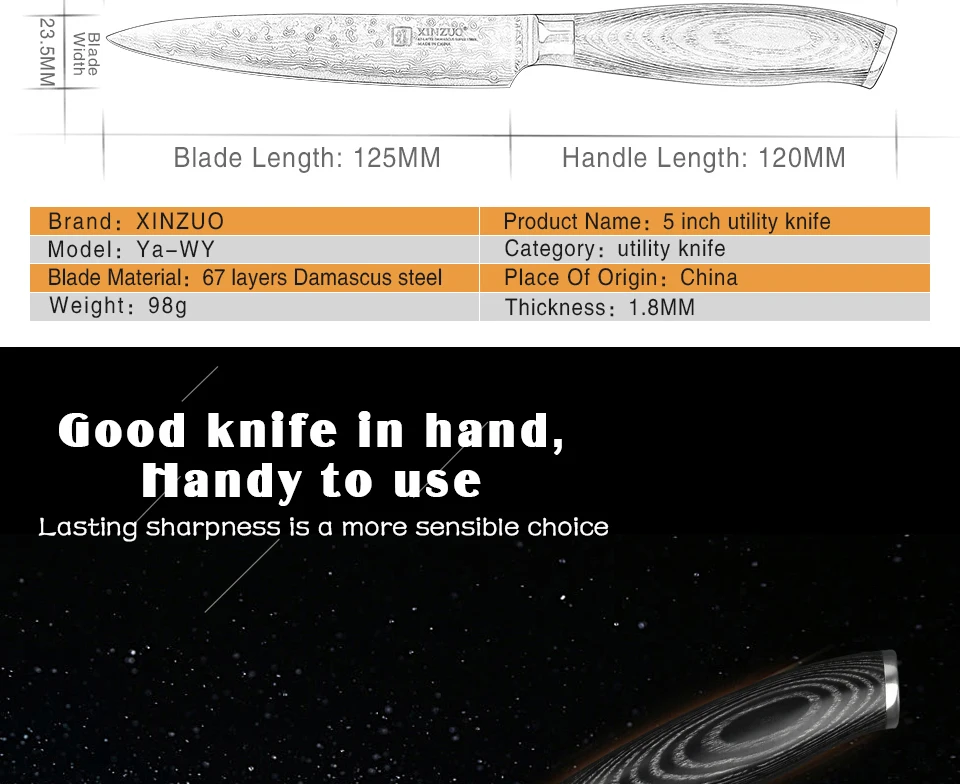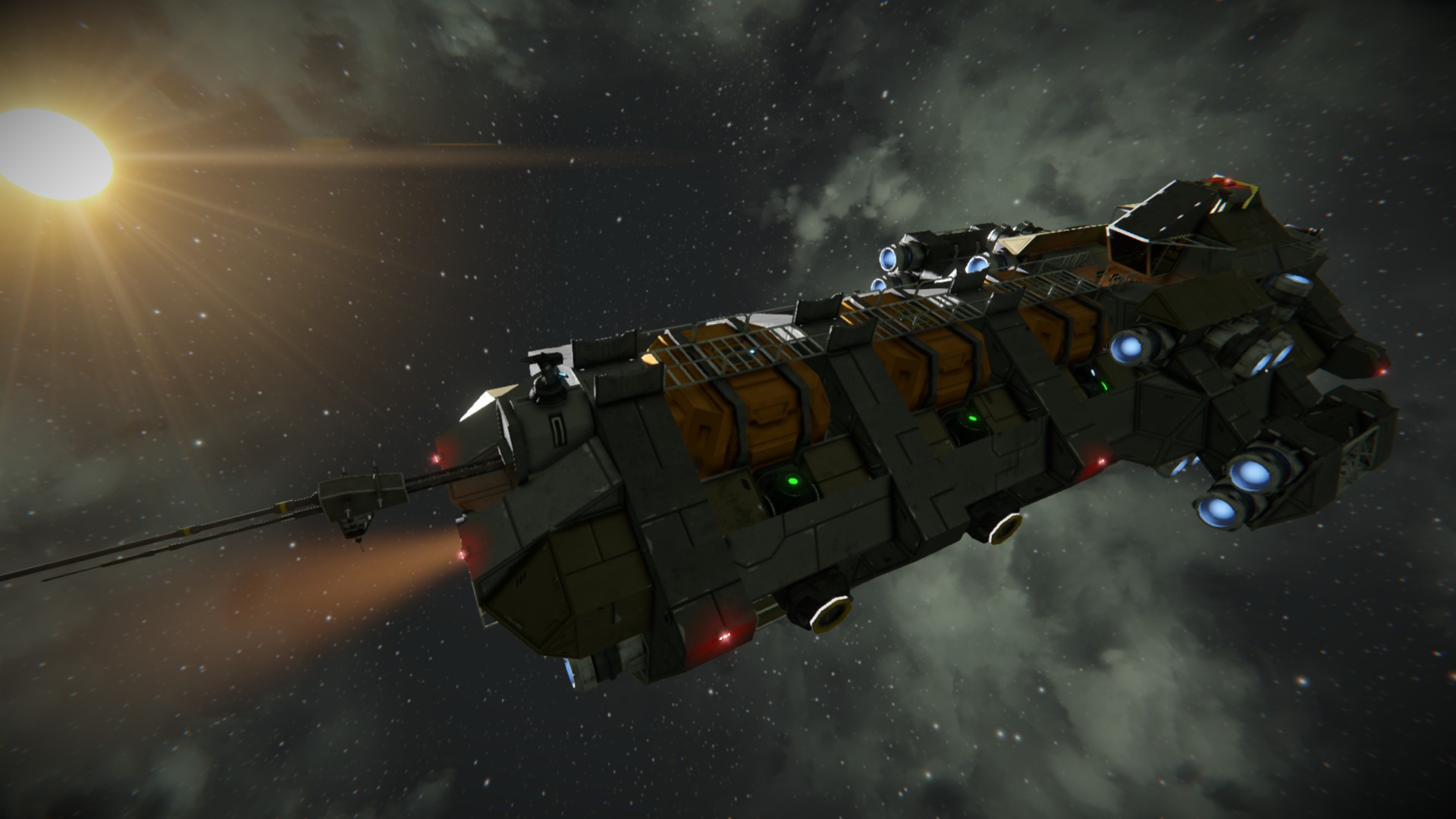

This introduces some other issues as well (which will be discussed later), but the emphasis at this point is on the fact that you will need reliable FPV technology. Of course, flying this far means that you will be flying beyond your line of sight. This kind of setup is quite expensive, but is hardly equaled in terms of the boost that it can give to the range of the RC controller. An example is the Yagi antenna which has 11dB. If you’re really dead set on extending the range of your controller, then you might even invest in a ground station, composed of a high-powered antenna array. Power boosters can also be connected to your RC controller to achieve the same result. Upgrading a stock antenna that has 2dB to an antenna that has 4 or 5 dB will result in an antenna that runs with about double the power, effectively increasing its range by 30% to 50%. A frequency reduction to just 1.2 GHz extends your control range to as far as 10 km.Īnother method to increase the radio communication range of your controller is to replace the stock antennas with antennas with higher gain and that run with more power. There are available UHF devices, such as DragonLink, that can be connected to RC transmitters to alter the frequency at which they operate.

In this situation, lower frequency radio waves are preferred – they can better travel through objects, and they can travel larger distances before being attenuated. A number of modifications can be done to extend the range of your radio controller. Out of the box transmitters commonly operate in the 2.4 GHz frequency band and can have a maximum range of 1 mile or 1.6 kilometers. If you’re trying to push the distance limits of your drone, then you are definitely going to need to use a radio controller that provides maximum range. There are certainly other factors that need to be considered to evaluate the maximum distance that can be covered by drones. That being said, flying even half of 33 kilometers sounds ridiculous. Of course, keep in mind that you should only fly for half of the maximum distance as your drone will have to travel the same amount to get back. Going by these raw values alone, we can deduce that the Yuneec Breeze can fly a maximum of 3 kilometers while the DJI Phantom 4 can theoretically fly a maximum of 33 kilometers. Quite impressive flight time has also been boasted by the DJI drones: 16 minutes for the DJI Spark, and up to 28 minutes for the DJI Phantom 4. This number also varies from model to model, from 12 minutes in the Yuneec Breeze to 25 minutes in the Yuneec Typhoon 4k. These days, this is limited by the flight time that can be delivered by the drone’s batteries.

The time component in the equation is determined by the total time of flight possible for your drone. For the more popular drones, this value can be around 5 to 8 meters per second (for the Yuneec Typhoon 4K and the Yuneec Breeze) or even as high as 13 meters per second (for the DJI Spark) or 20 meters per second ( DJI Phantom 4). Since we are on the topic of maximum range, then we are mostly interested in the horizontal speed. Speed in this equation pertains to the rated speed of your drone. Battery life and speedĪ very simple physical limit to how far you can fly your drone can be inferred using the formula:


 0 kommentar(er)
0 kommentar(er)
